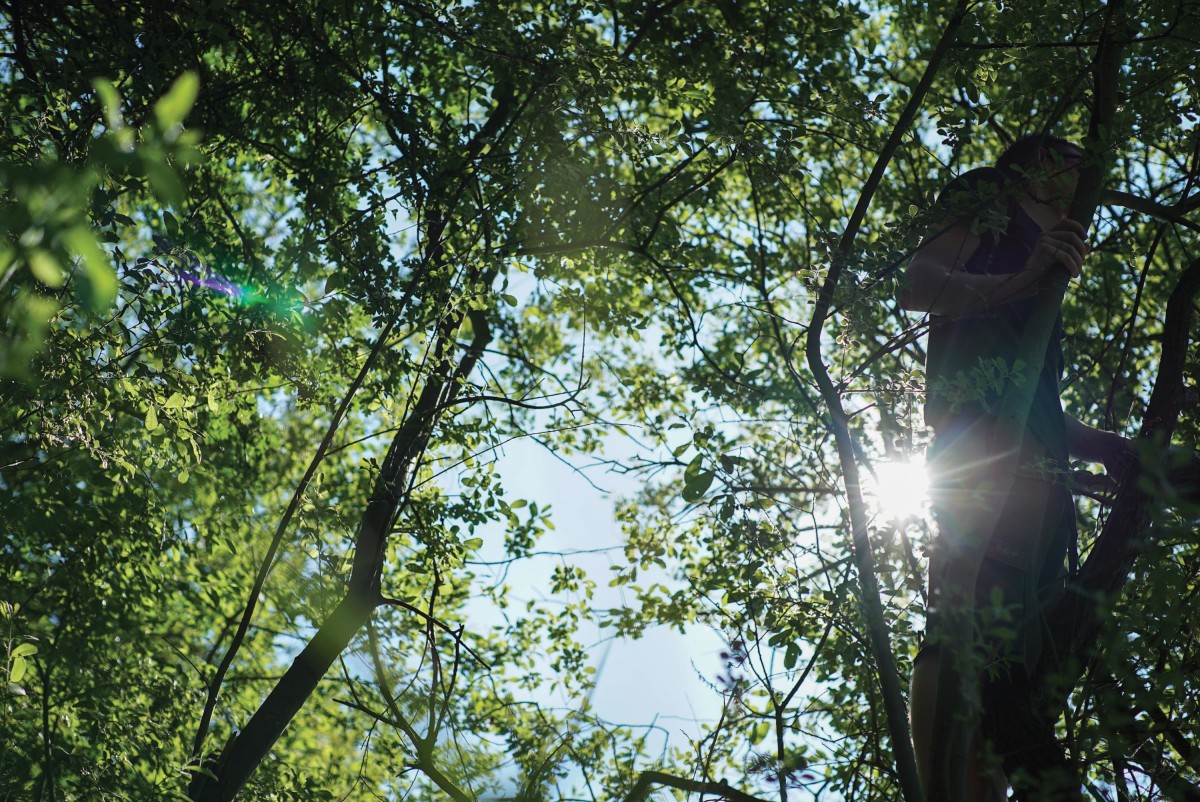
New spring, new ideas: Your baiting approach
As the days lengthen and the temperatures rise, Ian Moore gives a short lesson on carp biology and explains what you should consider in your baiting approach.
During spring, carp activity levels increase, along with their energy requirements and their predisposition to feeding. Water temperatures and angling conditions however, can still be less than favourable. As a consequence, natural feeding spells may be short and infrequent. Many anglers approach the onset of spring as they would early summer: find them, bait heavily and wait for them to turn up. In reality however, their energy requirement is substantially lower than what it will be two or three months down the line.
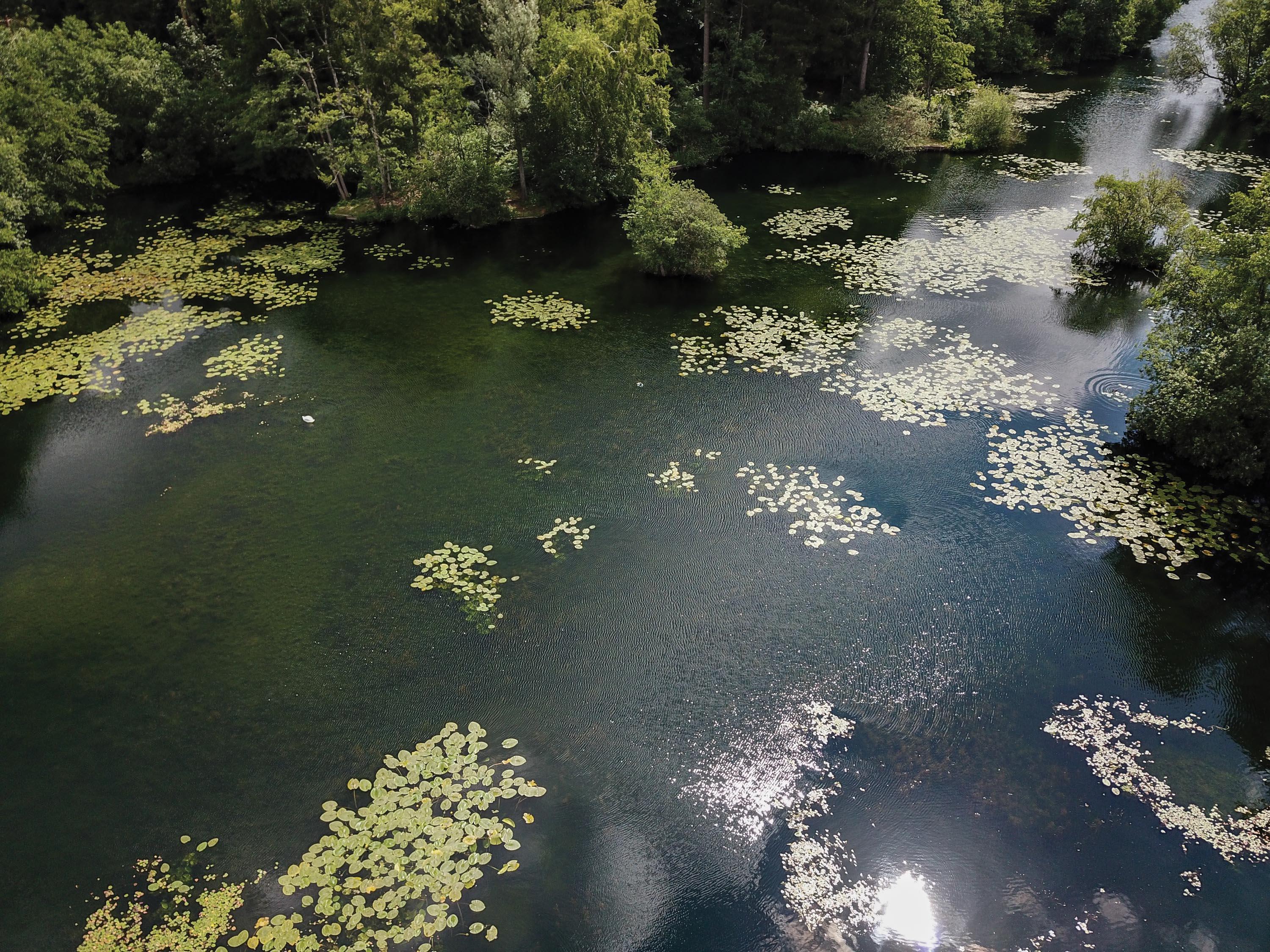
The Key Factors
Considering and identifying the most effective baiting approach during early spring can certainly be a very challenging exercise. By the same token, this period in the calendar can potentially be the most rewarding. Individual fish weights are often at their highest in spring, and there’s also the possibility of regular, and even multiple captures.
As the majority of fish will have been fairly inactive for a good length of time, stimulating moderate feeding activity from even a single fish, can act as a powerful catalyst that then encourages others to do the same. This enthusiasm to feed enthusiastically for the first time in a while, often influences other fish and creates that vital competition that’s been absent throughout the coldest part of the year. You’ll be amazed just how much of an impact a single fish’s induced activity can have on carp close by as it releases and exhibits vital, feed-inducing signals into the water column, others often seemingly finding it incredibly difficult to resist.
Whilst the same can, to some extent, be said of all periods of the year, the all-important process of inducing fish to feed in spring, really needs to be triggered by the stimulation of their chemoreceptors. These specialised receptor cells (also known as chemosensors) within a fish’s body identify the presence of chemical substances, before they then generate a biological signal that triggers actions such as investigation, ‘fight or flight’, or of course, feeding.
Here, I’ll take a brief look at some of the factors that can affect this feeding inducement during the spring and consider how we can apply what we know in our own angling… the baiting approach plays a significant part in whether or not we get it right and reap the rewards!
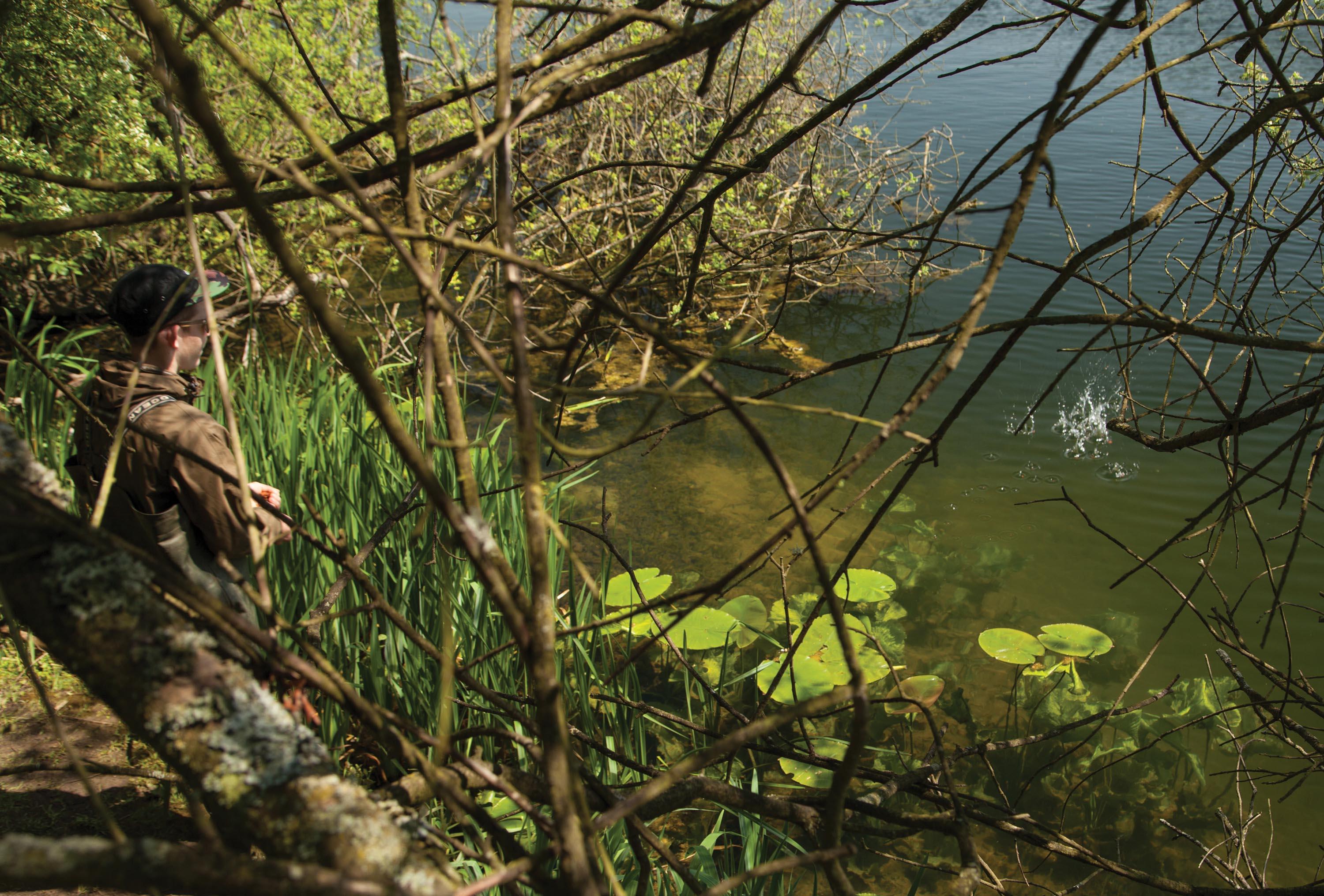
Eyesight
Fish have well-developed eyesight that’s evolved over time to suit their surroundings and requirements. Given the vast array of anglers’ baits, the tactics they employ and the natural food sources present, the carp’s eyesight will always be a consideration in our approach.
As a carp’s sight obviously helps it identify food items - vital obviously, for its survival - stimulation by way of visually attractive baits continues to be a widely used and popular approach. You’ll quite often hear anglers say, “Just chuck out bright singles!” and every year that very tactic accounts for a lot of fish.
Fishes’ retinas tend to have both rod cells and cone cells, and so they have the ability to see well in both high- or low-light conditions. Certain colours however, can be more, or less visible at different depths of water due to the varying degree of light absorption in varying hues at different levels of the water column. Colours such as orange and red (with longer wavelengths) are less visible in deeper water, whereas blue or purple (shorter wavelengths) are more so. Ultraviolet, as you might imagine, has an even shorter wavelength and so is more visible even, than blue and purple in deep water.
Why, for instance, are many deep-sea creatures red? Red light doesn’t reach the deep ocean depths, so those that are red actually appear black, and are consequently less visible to predators. A hookbait held in our hand, might then, appear to be a completely different colour in the water, depending on the depth at which it’s presented and on the degree of sunlight penetration.
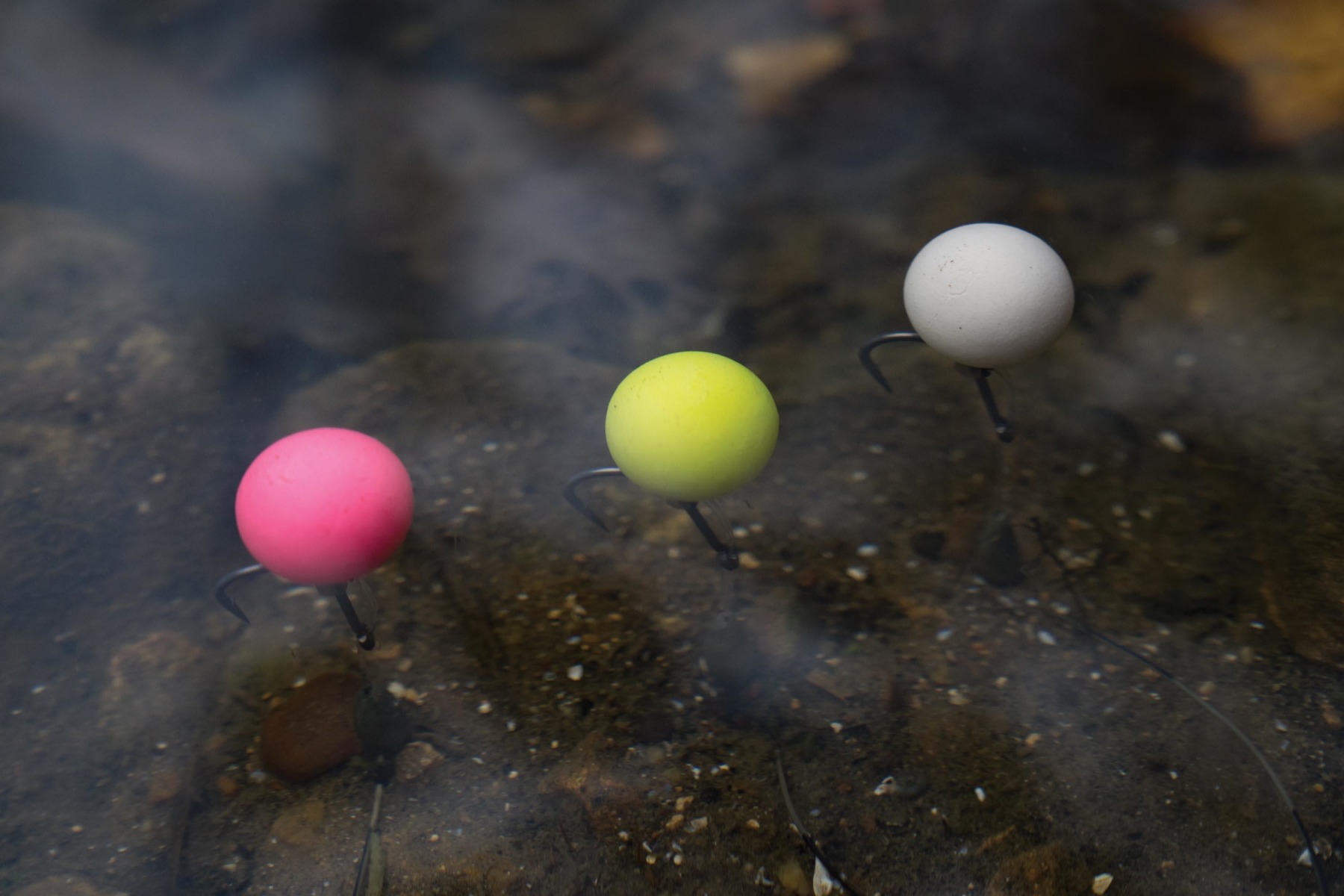
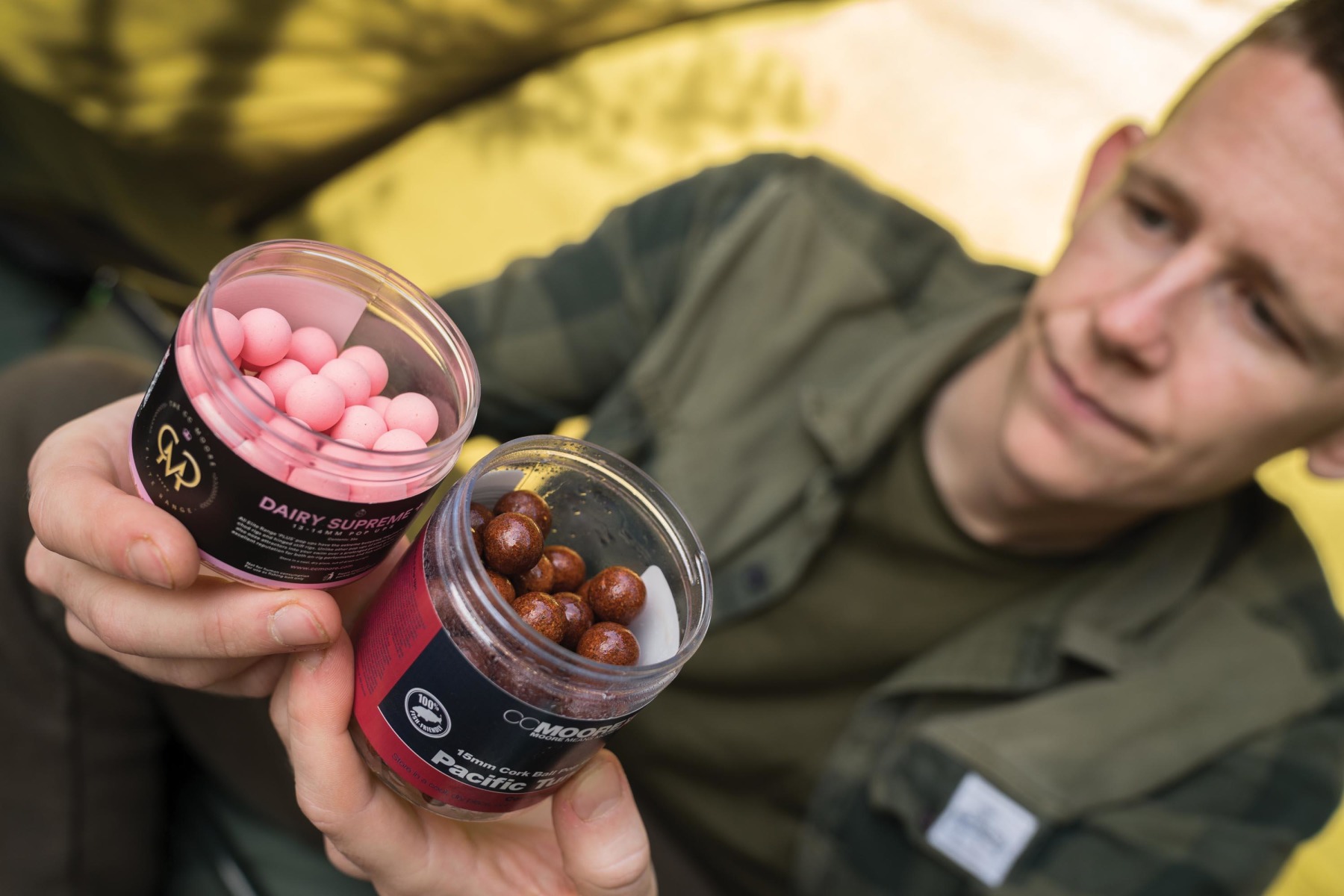
Visual Stimuli
COLOURS
Colour has, and always will be a personal preference perhaps, but this usually stems from success rate. You may notice particular patterns on a venue, and the time of year can impact on this, as can given conditions on the day (light levels, sunlight penetration etc.). When it comes to the consideration of colours in the spring, keeping your options open is always best. Carp are very much like humans perhaps, in that their preferences will often vary from venue to venue. In addition to visual attraction, distinctive tastes and aromas, and nutrient preferences come into play.
Many anglers will favour the really bright, fluorescent pink and yellow colours. Those that dare to fish duller baits however, glugged foodbaits or dark pop-ups, might also enjoy success. Experimenting with hookbaits in spring can certainly prove to be rewarding, as can thinking outside the box when it comes to colours.
How many anglers do you see fishing with black hookbaits on the lakebed? The colour of the bottom can also have a big impact on how hookbaits look or contrast, and it can make them more visual, or more discreet. Baits that stand out, or conversely, blend in, can produce varying results as fish will react differently to each. High light levels (sunshine and shallow water) might favour the use of duller, more discreet baits, as these will stand out a great deal more, given the conditions. In the spring, when carp are searching out warmer water, the shallower areas of the lake - bays and bars - a subtle colour can often be very effective.
Don’t forget to think about tones either… washed-out colours may out-fish the brighter ones one spring, but the following year, things could be different.
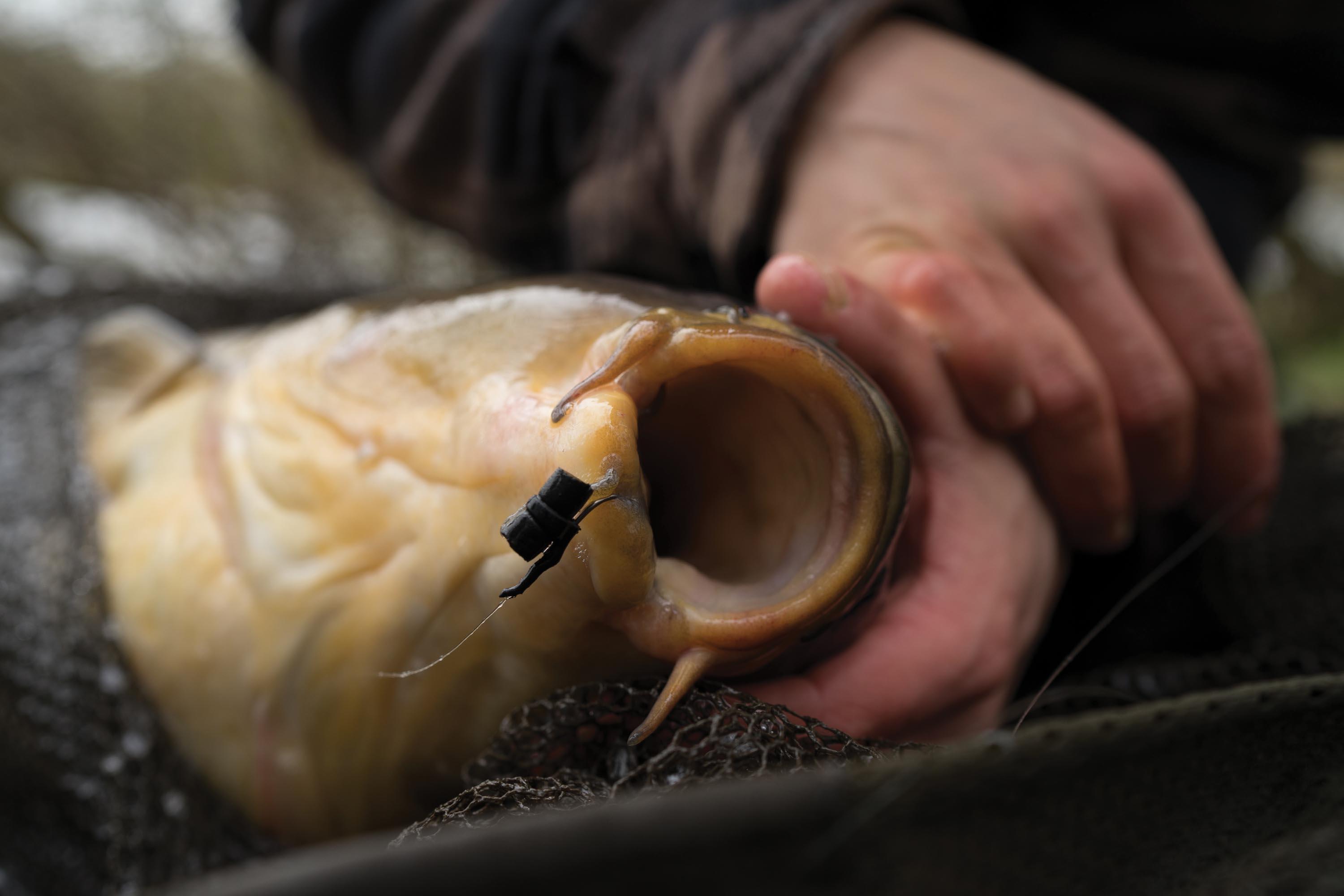
SIZE
Smaller baits keep fish occupied for longer and their use increases competition for the food present - it takes longer for the same weight of bait to be eaten. This is a tactic that many employ on high-stock venues, but it isn’t always the best way to go early in the year and results can vary greatly, again, depending on the stock levels in your lake.
The use of larger baits can also be effective; 18mm baits are undoubtedly highly visual, but remember also, that these bigger baits will fill up the carp sooner, so consider carefully, how many you introduce.
Also, big hookbaits seem to be a thing of the past and many anglers now favour 12mm offerings, particularly in the spring. Once again, an approach that’s different to the majority can prove highly effective. How many times have you heard of anglers catching on 18mm-plus pop-ups on Zigs during the spring? It certainly happens, but it very much bucks the trend of the small slivers of foam that most tackle companies seem to advocate.
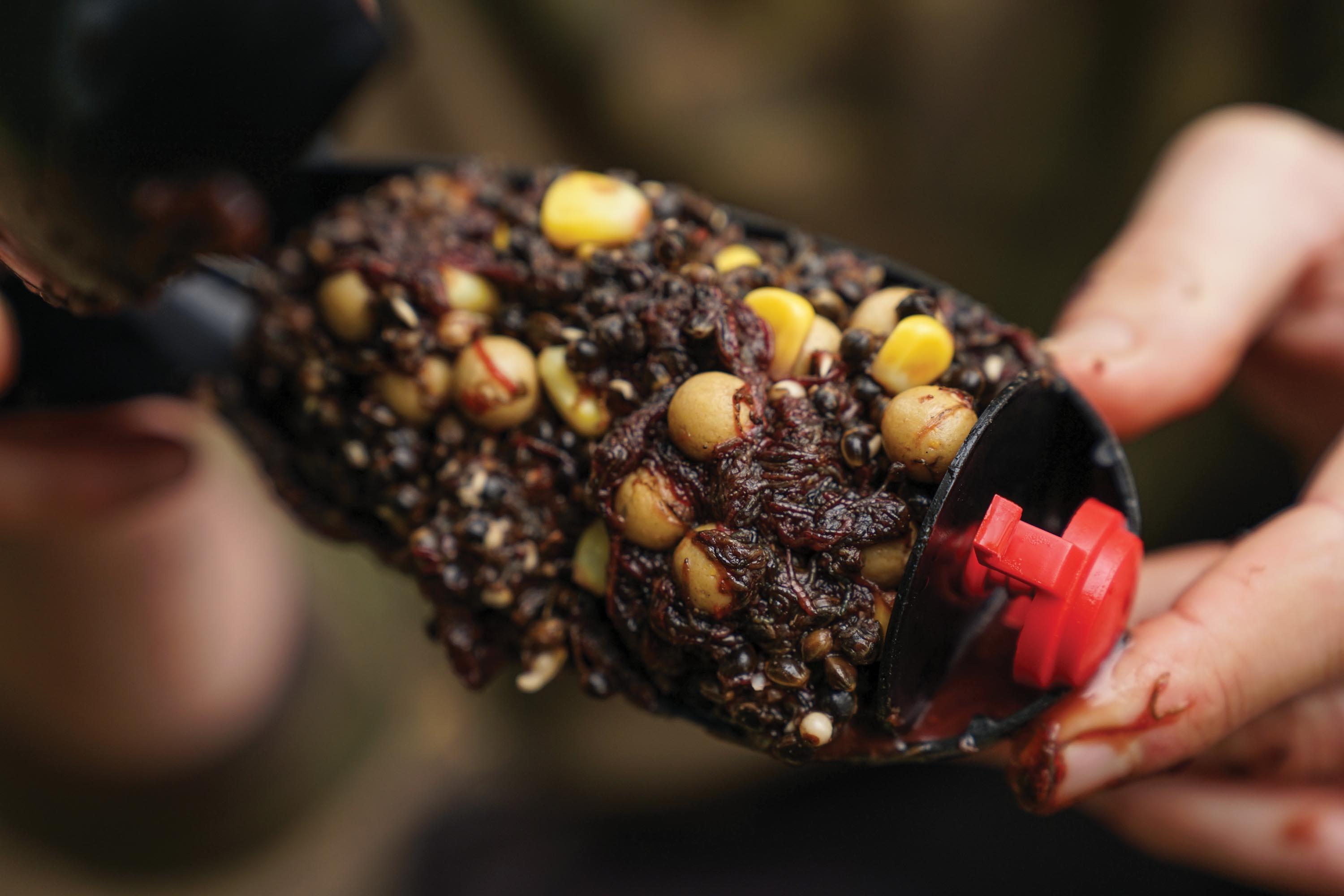
SHAPE
Varying the shape of your hookbait can help reduce suspicion, particularly as spring progresses. Remember how a fish’s sight and its system of recognition works, as the process plays a big part in the degree of confidence with which they’ll feed. Dumbbell-shaped baits are a good option, yet very few anglers seem to use them. Chopped baits too, are a worthy alternative, along with crumbed offerings, and all the different shapes can stimulate a carp’s sensory feeding triggers.
Natural food items are visually attractive. Maggots, casters, bloodworm and snails for instance, are all readily accepted by carp and many anglers capitalise by incorporating such items in their approach.
Natural items work well if they’re still alive and wriggling obviously. Fish can not only see moving food items such as maggots, worms and caddis fly for instance, but potentially also, they’ll ‘feel’ them when they’re in abundance. Fish sense water movement by way of tiny hair cells - so tiny that they can’t be seen with the naked eye - on many parts of their body. Nonetheless, it’s believed that they’re sensitive enough to detect very small moving objects, and carp can certainly feel water movement generated when other fish are feeding in reasonably close proximity, even in poor light and when visibility is poor. In fact, carp come to rely on these sensory adaptations more so, in water that’s cloudy, so it’s well worth thinking about how you can make your bait ‘active’, especially on venues with very coloured water.
Consider too, that fish looking up - when feeding near the surface - are often seeing a background of a light-coloured sky, so a black hookbait can often be successful. As I alluded to earlier, red can be a very effective colour in shallow water and is a popular choice for Zigs, but how about trying orange? Experimenting with Zigs is something that a lot of anglers seem reluctant to do, but imagine being able to replicate the movement of a live bug through your hookbait high up in the water?
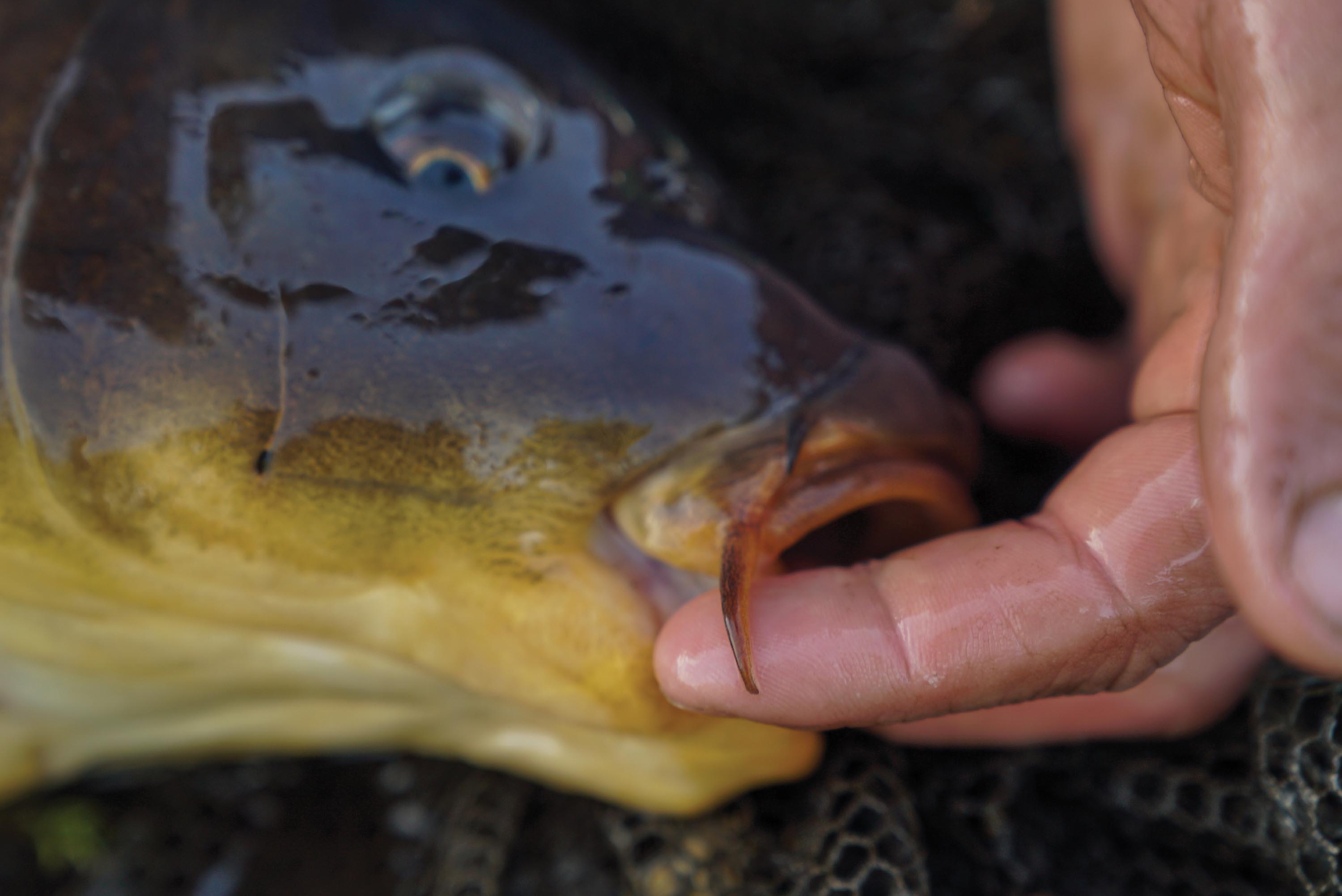
Signals
Anglers will use certain bespoke products to release that desired ‘cloud of attraction’, and mimic the silty colouration of water produced by feeding fish, to hopefully entice others to investigate. Squid Hydro - a new and unique, inky black liquid - is excellent for this, and it produces a black, or very dark grey silt-like cloud, releasing amino acids and other nutrients that would be emitted by the typical, naturally occurring foods that carp find in their environment, such as bloodworm, snails and mussels etc. This then, would potentially trigger a feeding response through chemoreception (tasting in water).
As anglers, we perhaps think very little about what’s happening when it comes to creating a cloud on the lakebed. How can we get our bait to replicate or mimic the naturally occurring food choices of the carp, and in the process, entice a feeding fish?
Last year, a friend was fishing an incredibly tricky and quite clear venue, placing rigs in the edge and setting traps to try and trip up its rather wary residents. To get a rig in position, he had to wade a yard or so from the bank to reach the spot. After getting a rig in place, he quickly got the rod in its rest before scooting up a nearby tree to see if it was positioned correctly. Moments after disturbing the water, a 40lb common slowly made its way from a nearby snag, straight into the cloud that he’d just created! This just shows how quickly fish can react - even when these perceived feeding signals are created by an angler!
White-coloured clouds too, can be very effective, especially when created on spots over clay. If you tread into clay, you’ll notice just how milky and cloudy the water becomes, and fish are naturally attracted to this. This is clearly evident, given how carp rub themselves and ‘flank’ on such areas, the light-coloured soil being visible along their sides following such activity.
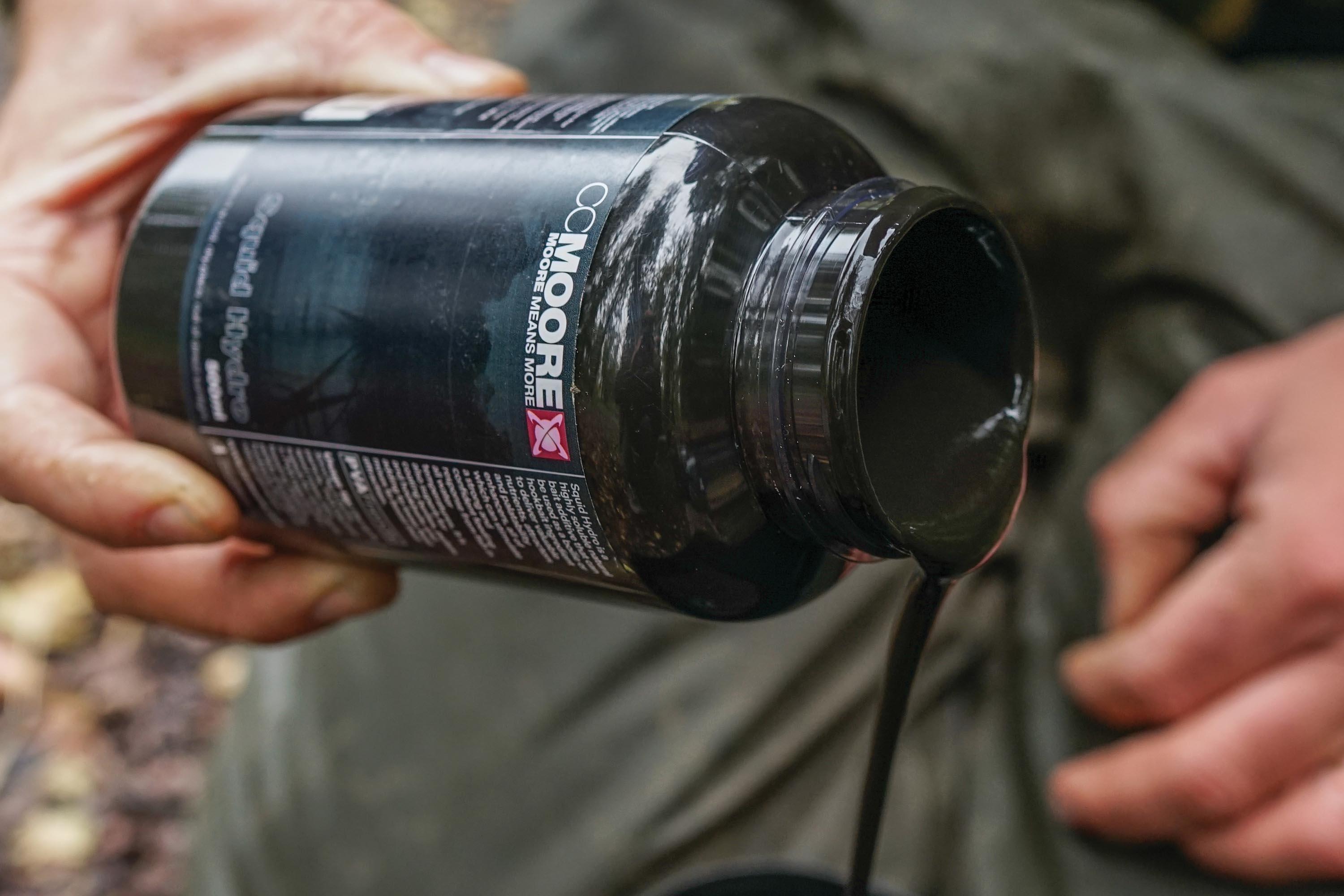
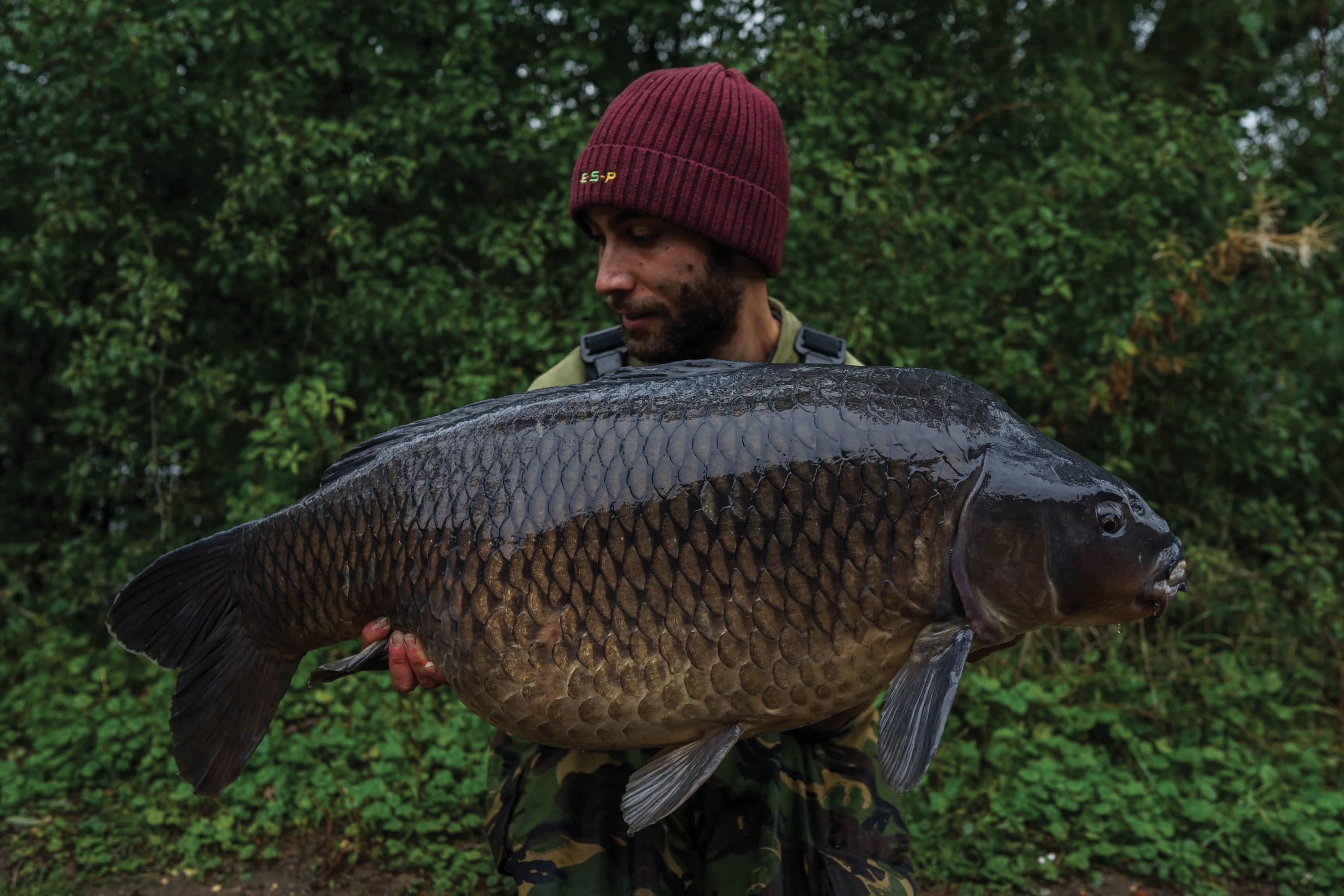
Taste
Aquatic animals have what scientists call the ‘common chemical sense’. This makes them sensitive to the presence of foreign chemicals anywhere on the surface of their bodies. Some of these chemicals are naturally occurring in water, but others are emitted by baits that we use. Acids and esters (chemical compounds derived from an acid) in baits such as pop-ups, have a significant impact on the receptors of carp.
Humans versus Fish
In the case of younger humans, taste buds that have been ‘worn out’ by food - that which is too hot, too cold or too strong - regenerate every three to ten days. Our sense of taste is at its most acute then, in our early years. As we get older however, they regenerate less often and so our palate becomes less sensitive, hence our tendency to accept, require and even enjoy stronger flavours as we advance in years, but does a similar theory and process apply with fish?
It’s reasonable to assume that a similar process does indeed apply with fish, and that they’re similarly affected as they get older. Younger carp are almost certainly able to smell and taste baits in the water column more effectively than older fish. This might be a reason why highly attractive, soluble baits often catch so many small fish, as they stimulate the juvenile, carefree and perhaps naive individuals to feed. The larger ones do not get a look-in, or perhaps they sit back deliberately and allow the smaller fish to ‘test-feed’ offerings.
How can we take this principle forward and apply it in our angling? Well, if you think about it, how many times have you heard about the lake’s big girl falling to a single, high-attract offering on a Chod or Hinge, in an unfavourable area? If we think about the age of the carp we’re targeting and how they might respond to different baiting situations (masses of bait, or singles perhaps), then we can certainly try to adapt our tactics and baiting to suit.
Bottom-feeding fish such as catfish and carp tend to have ten to twenty times the number of taste buds of humans, and these are found all over their bodies. This is why then, fish can taste chemicals and nutrients in the water, without such entering their mouths, nasal cavities or gills. The barbules of both catfish and carp incorporate the highest concentration of tasting cells and these help them to locate prey and food items, even in low light conditions or deep and murky water.
Having so many taste buds and such an acute sense allows fish such as carp to locate and identify very small amounts of food, even that buried in silt, in the dark or several metres away. Other fish species also have a very sensitive, and often famously effective sense of smell. Salmon for instance, manage to find their way back to the streams where they hatched, their incredible sense of smell helping them to do so.
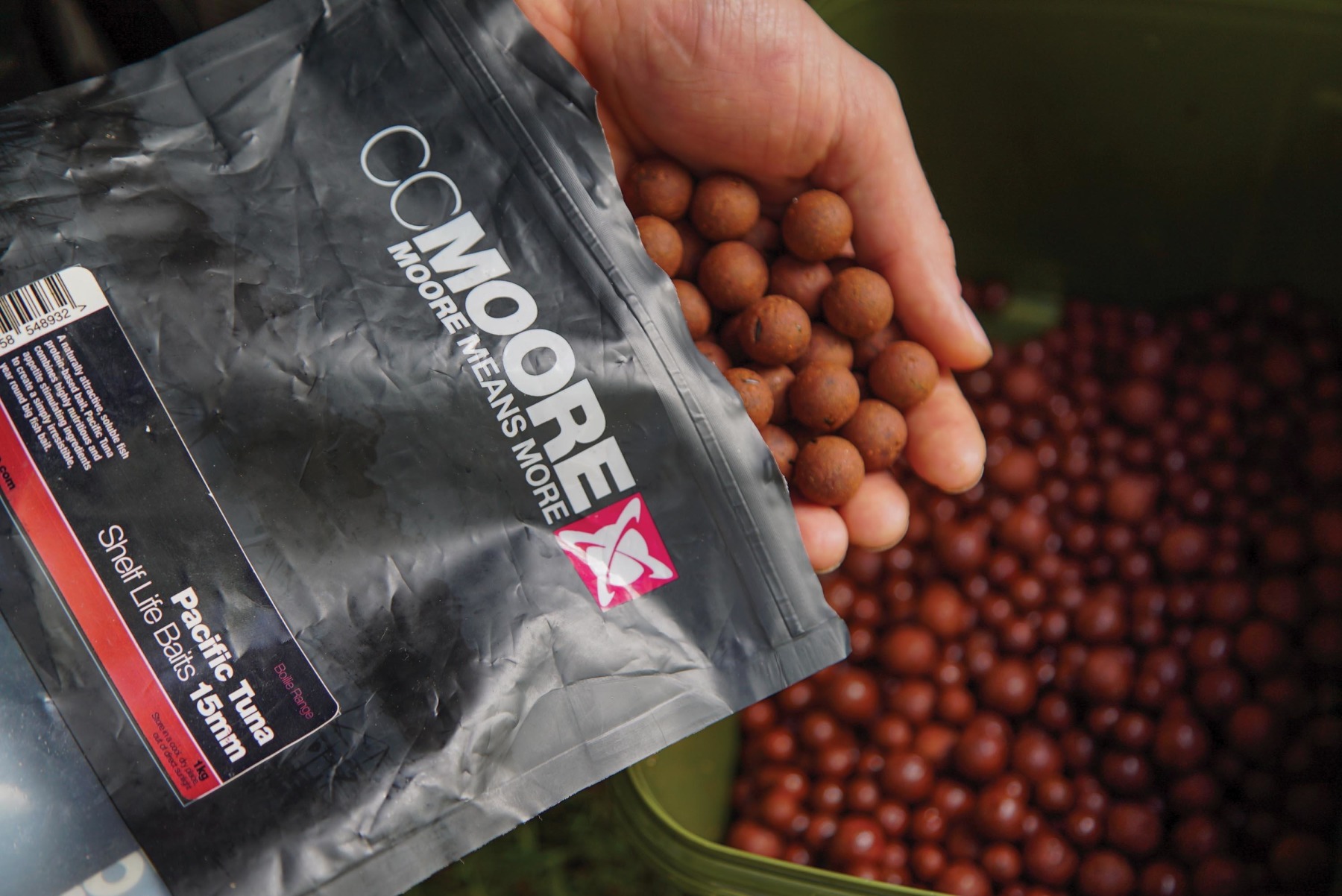
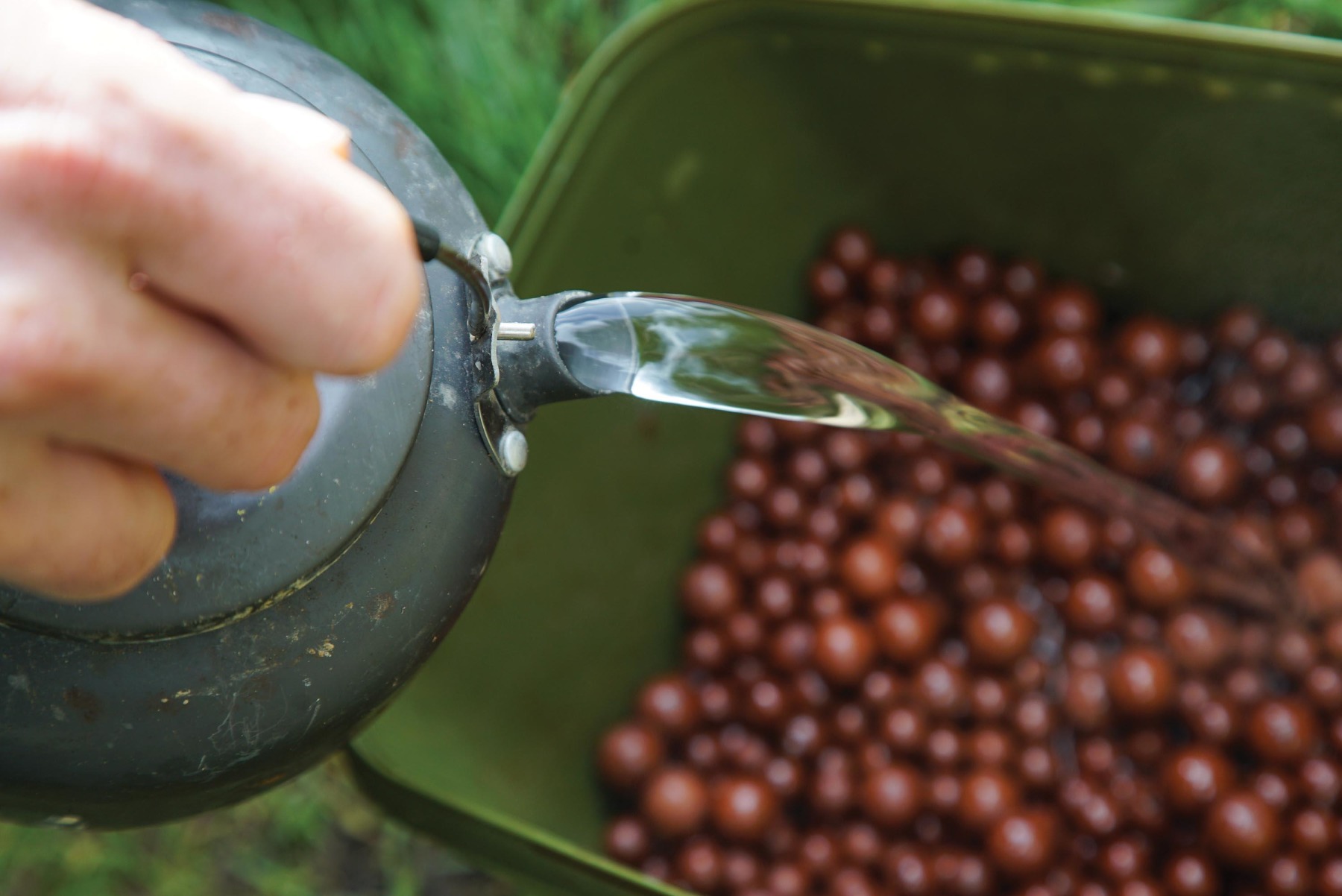
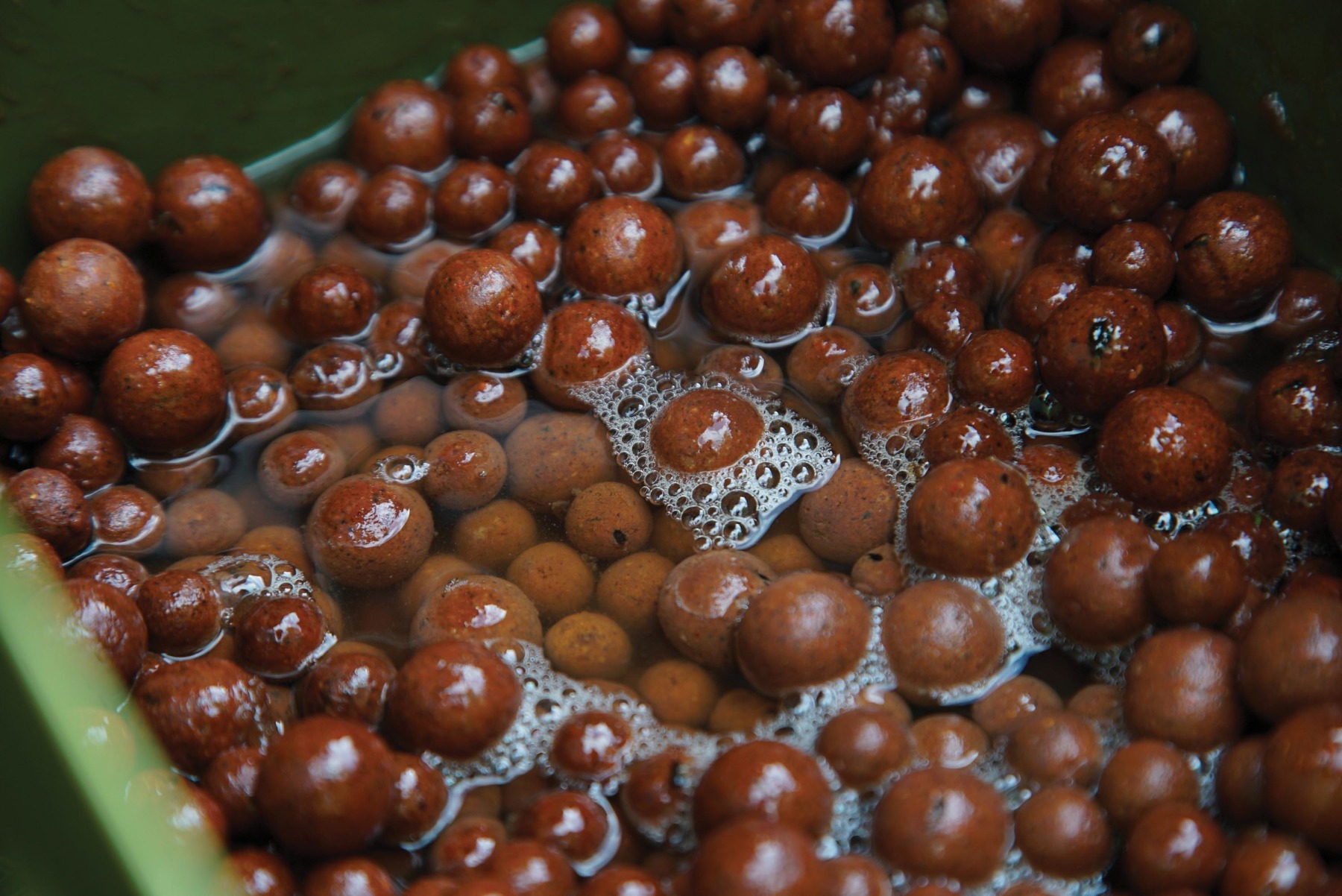
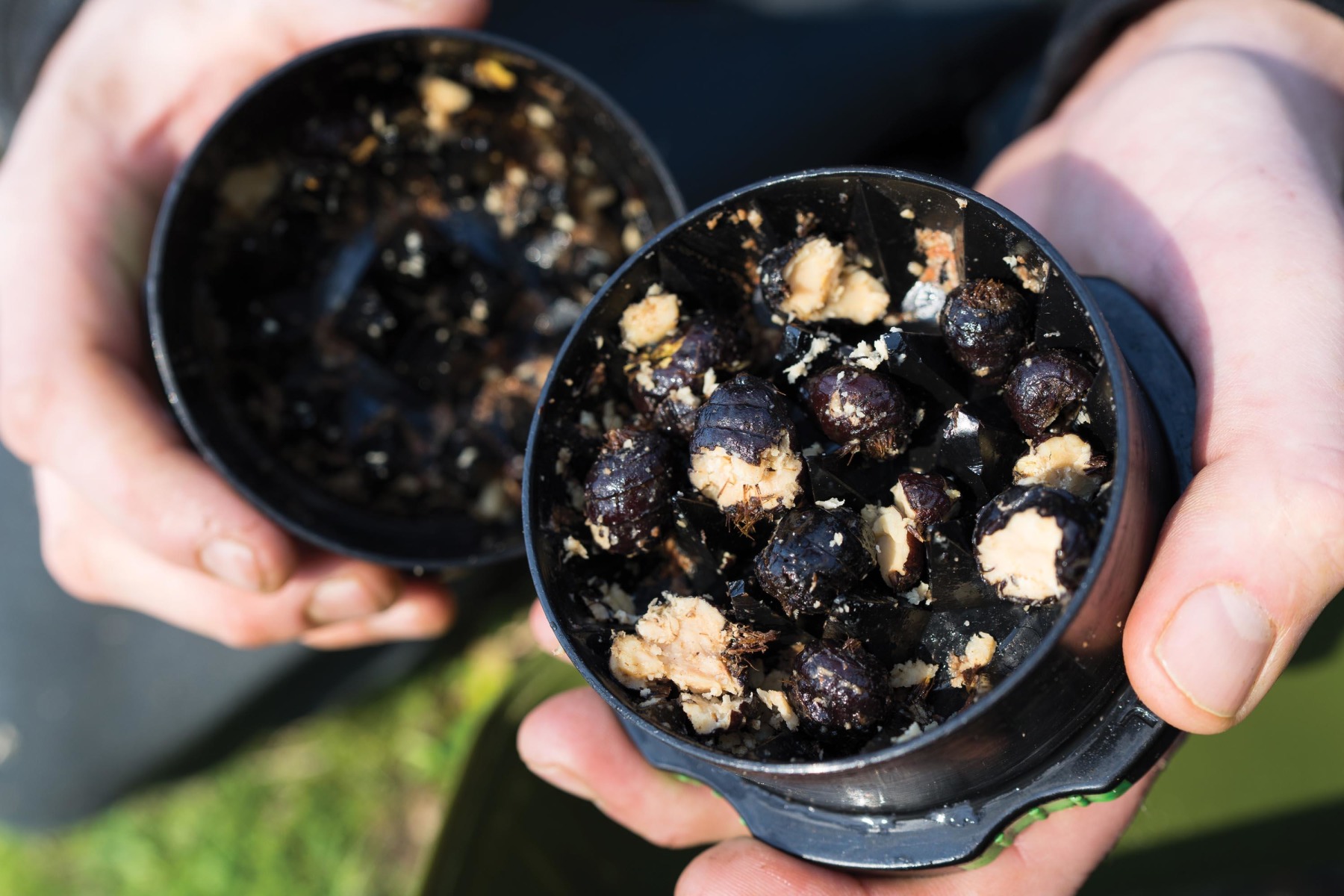
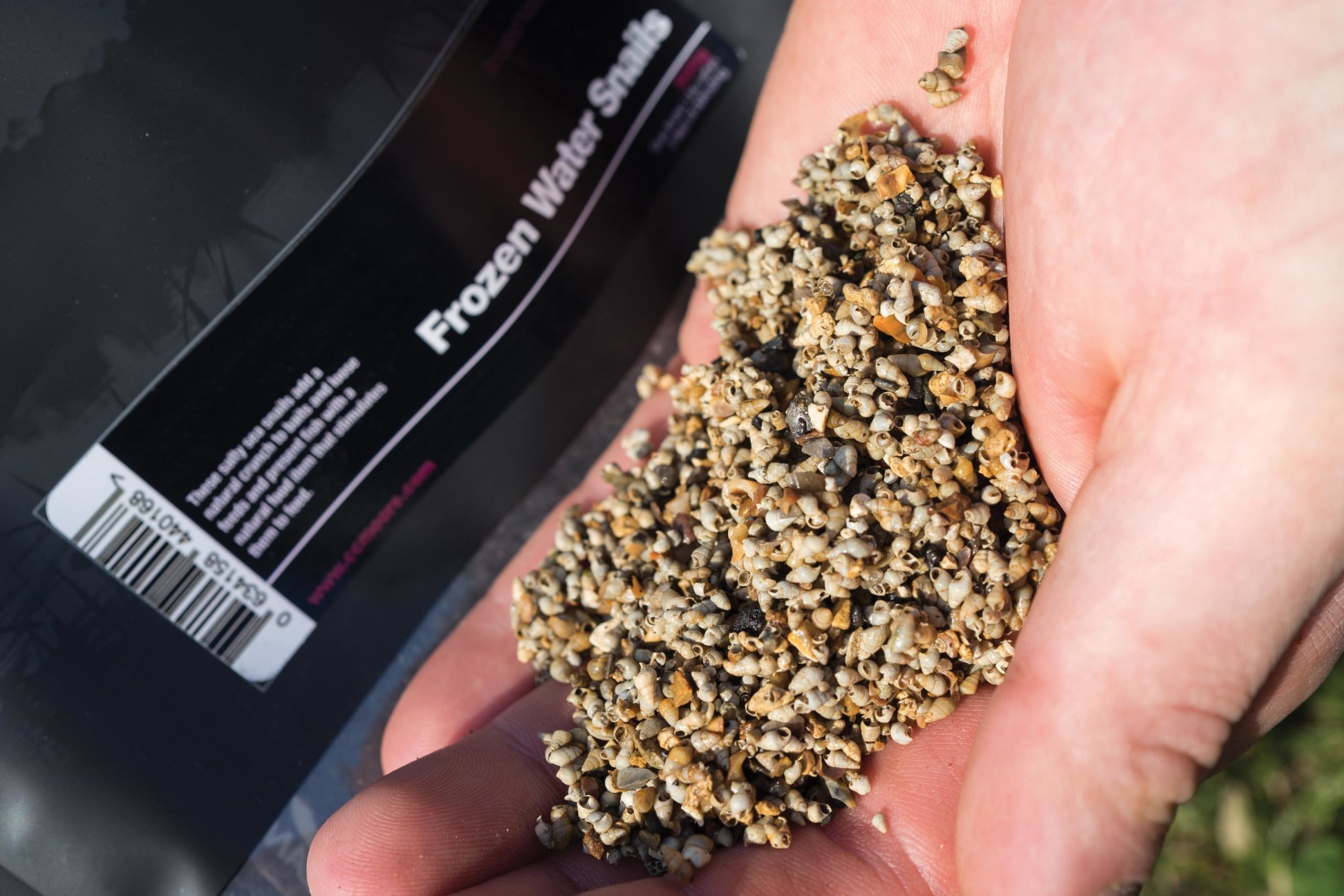
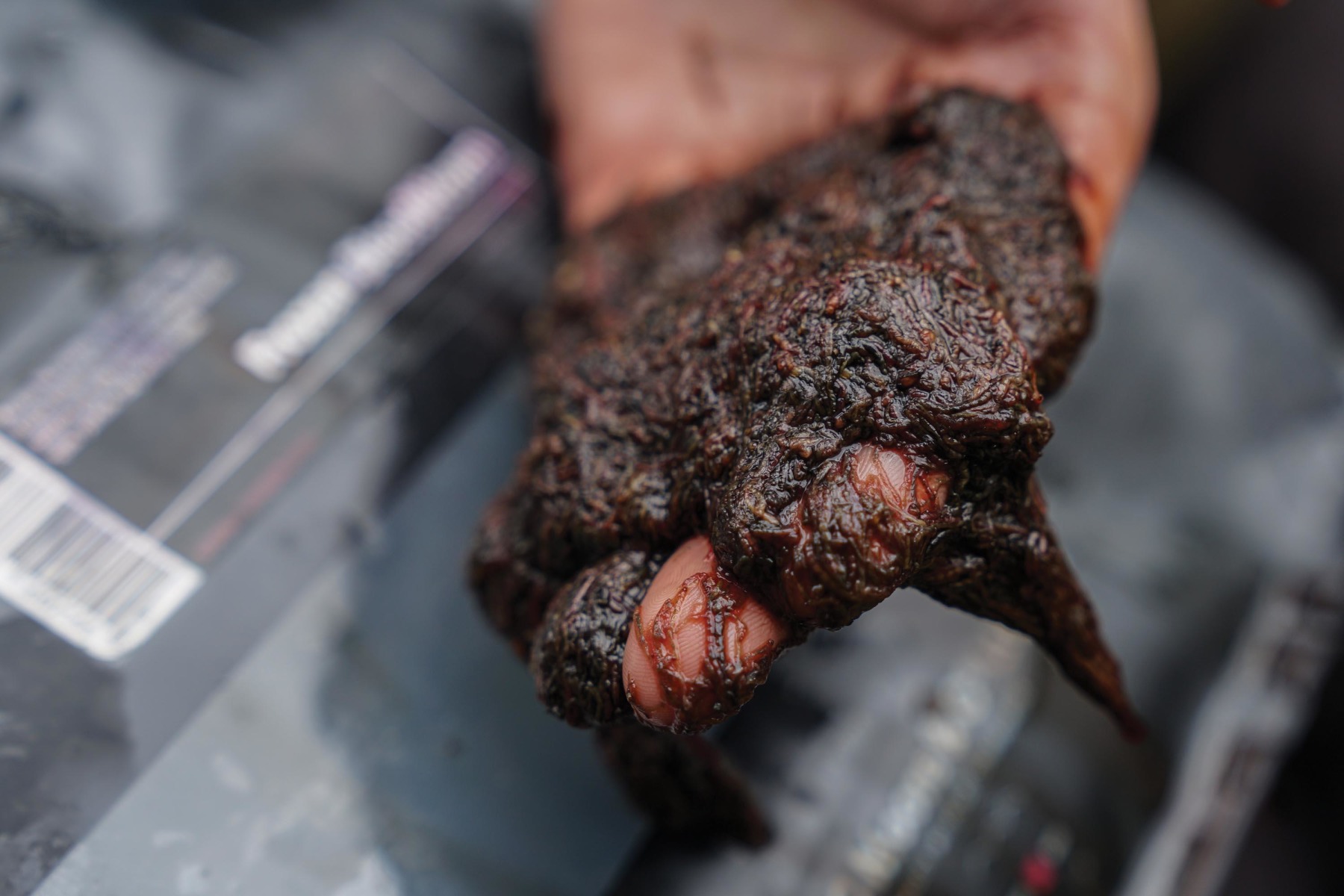
Texture
Whilst fish hear through their lateral line and their ears (otoliths), carp also do so by way of vibrations through their swim bladder that then pass to their inner ear. Crunchy food items such as hemp, tiger nuts and water snails can be very effective when we’re looking to induce competition. The sound and vibration caused by fish feeding on them has the potential to attract other passing fish, as more look to investigate the possibility of food being present. Quite often, you’ll notice snail shells scattered over a clearing or other area in a lake, and these spots are perfect for presenting a boilie, but they might also lend themselves to mimicking the fishes’ natural feeding behaviour and the introduction of a mixture of snails, or chopped tigers for instance.
Soft baits also come across as being natural, like bloodworm perhaps or the inside of a mussel or a snail, so think carefully about how you might replicate this too. Many anglers use warm water to soften their baits. This makes them not only soft to the touch, but also easier to digest.
Boilies mushed to a pulp can be very effective on pressured venues, especially when used over the top of clean silt. The small food items work their way into the substrate with the feeding activity and this keeps the fish occupied for a longer period of time. Once again, that cloud created by just one fish feeding, is often enough to draw many more in to investigate.
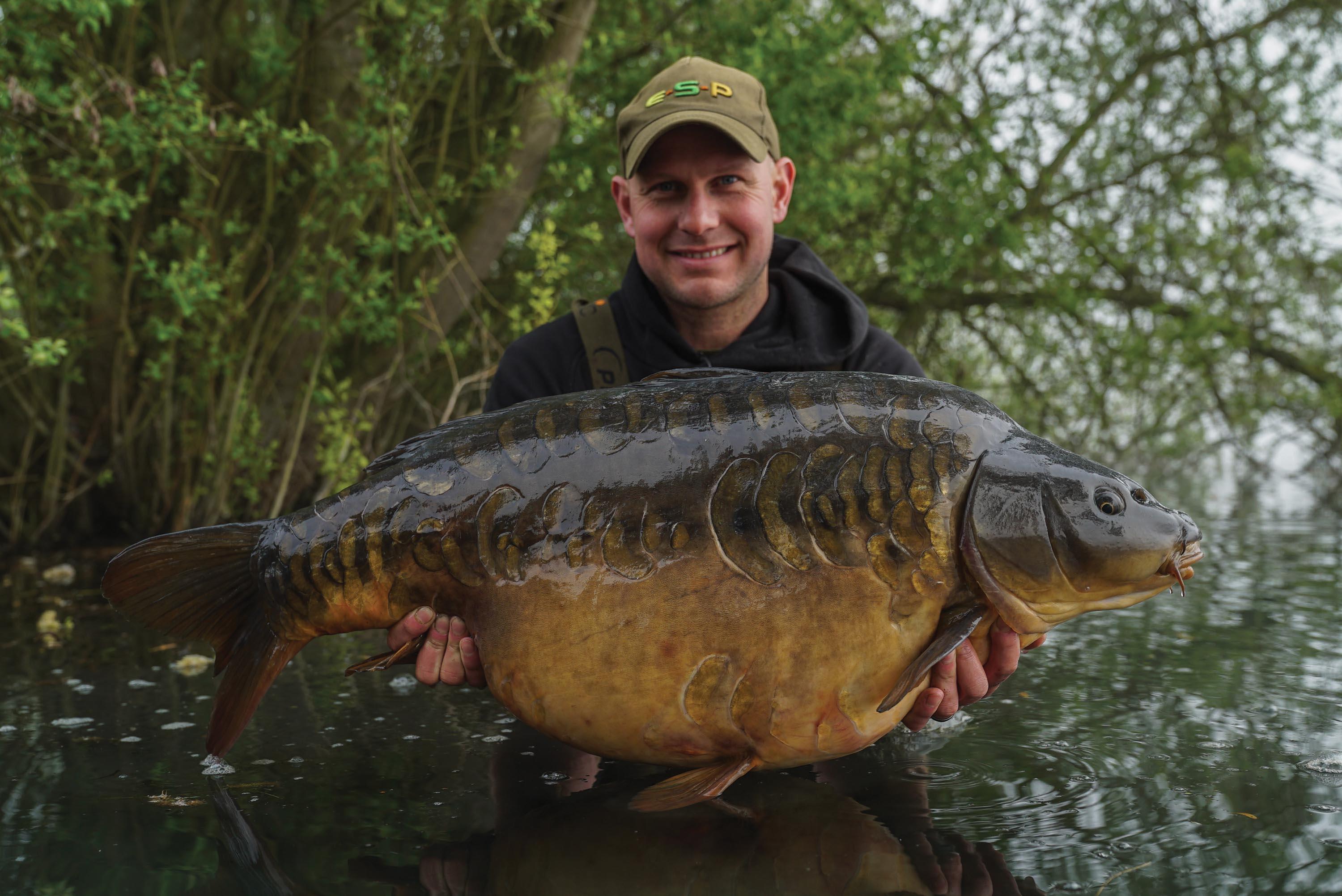
Buoyancy
Buoyancy is a factor that’s often overlooked by anglers - that habitual checking of rigs in the margin. Consider a hookbait that sinks slowly and which is then presented among a spread of large boilies. In reality, this replicates very little of what a carp is naturally used to in terms of movement and appearance. In spring, carp aren’t as active as they’ll become later in the year and activity and energy levels are still low. It’s certainly worth considering then, how your hookbaits behave and how they might be received by fish that will approach slowly and more sluggishly than it would during the warmer months, and given that their appearance might be far from natural.
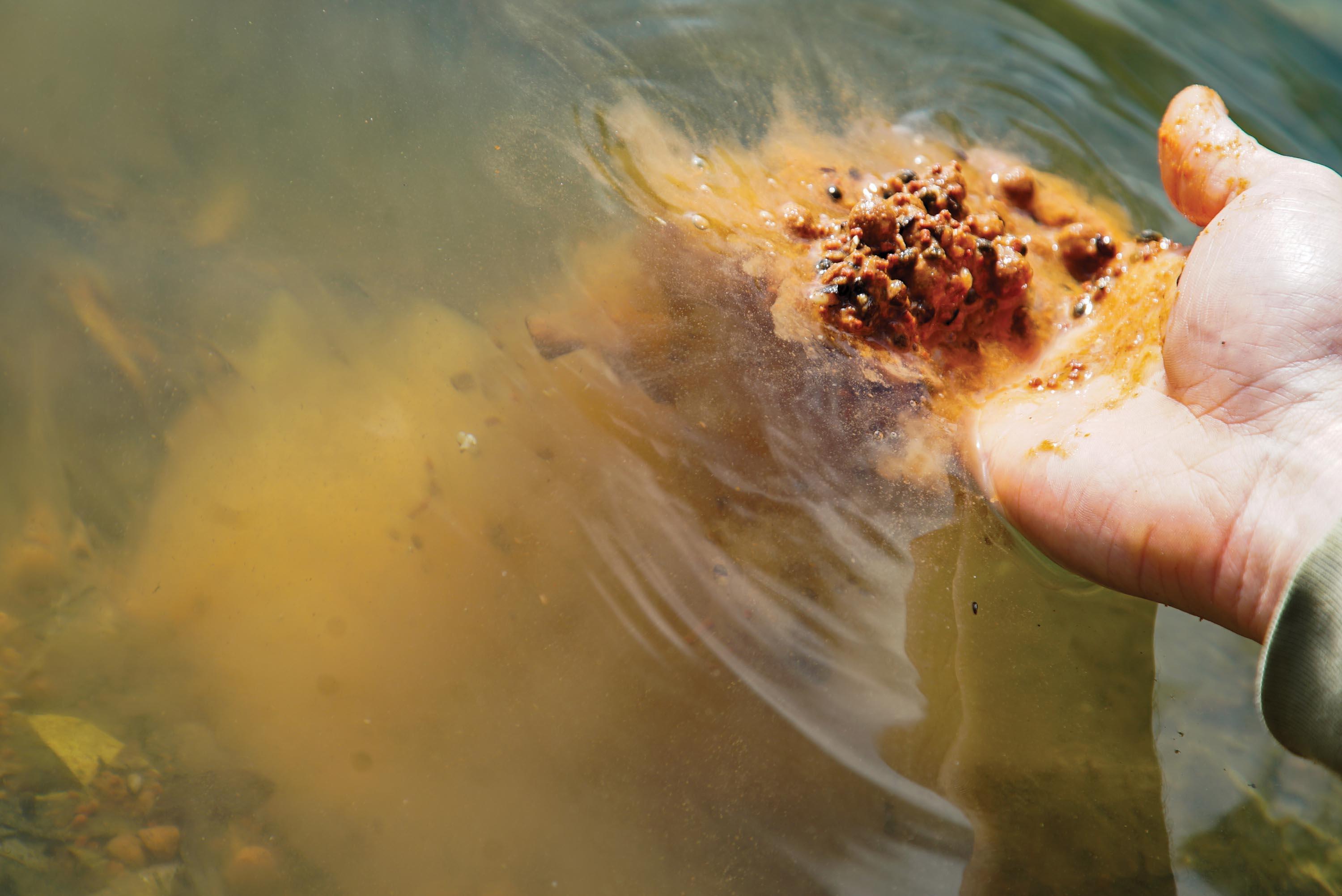
Minerals, trace elements and vitamins
These are all required by carp in spring when they start to feed more after a prolonged spell of inactivity which has led to nutrient shortages and deficiencies. They’re also needed as they prepare for spawning in a couple of months’ time. Salts in their various forms are also a requirement and a carp’s ionic salt supply (sodium, potassium, magnesium etc.) is another consideration, with their desire to clean off leeches and
lice after a sedentary period.
Certain parts of a lake may be richer in naturally occurring salts and minerals, such as areas of clean silt or clay, or bankside soil undercuts. Anglers might try to create an increase in these minerals by adding salts to their mixes, and this can certainly be effective, but spot choice will always play a huge part in exactly how successful this tactic might be.
There are a number of factors and variables then, worth considering as we move into spring. Carp are wild animals though, and there’s no definitive rulebook on what we’ve discussed here, but it’s certainly food for thought. As we learn more about the lakes we choose to fish, we can build a better picture of what triggers the carp to respond and how this changes through the spring, as many environmental factors come into play.
IAN MOORE



